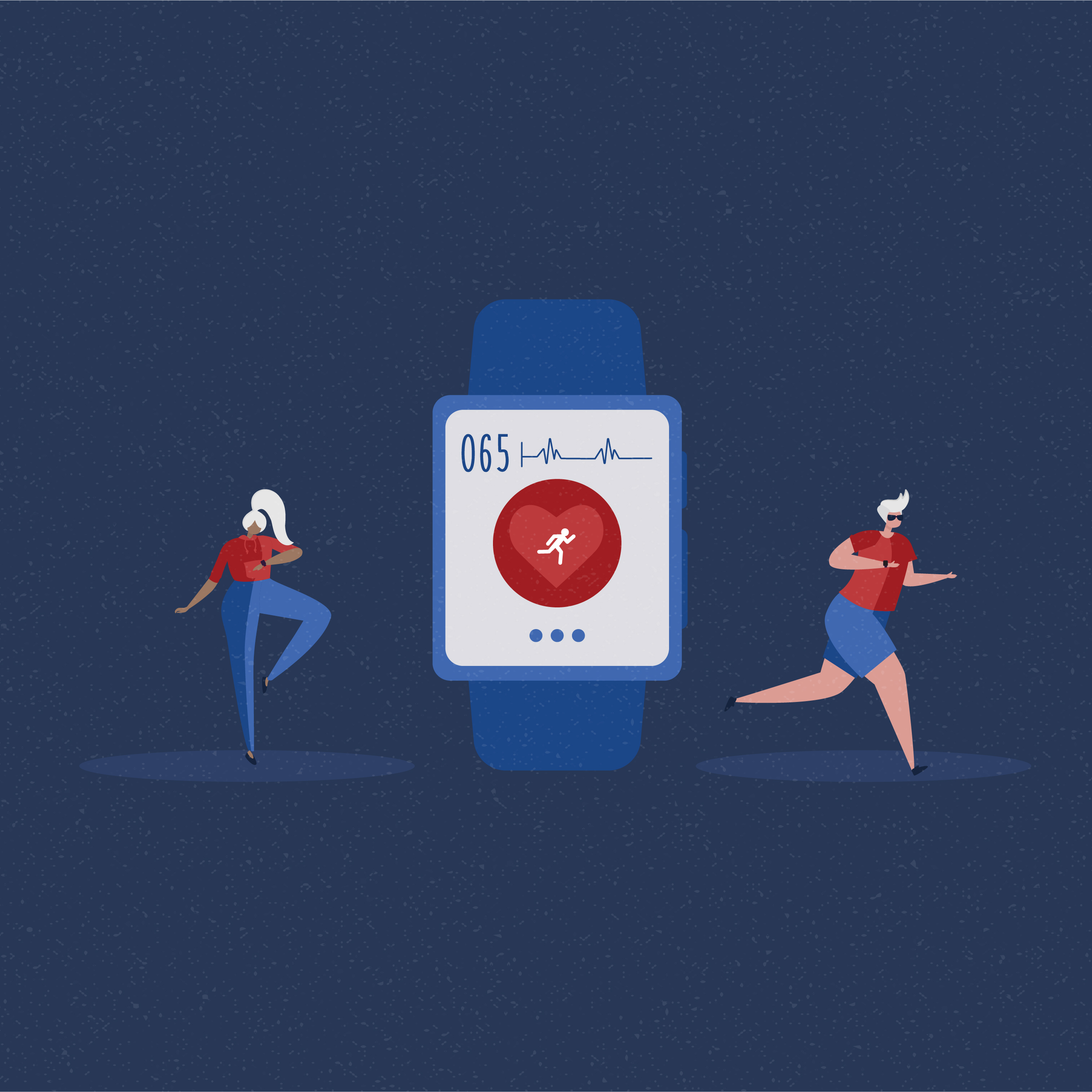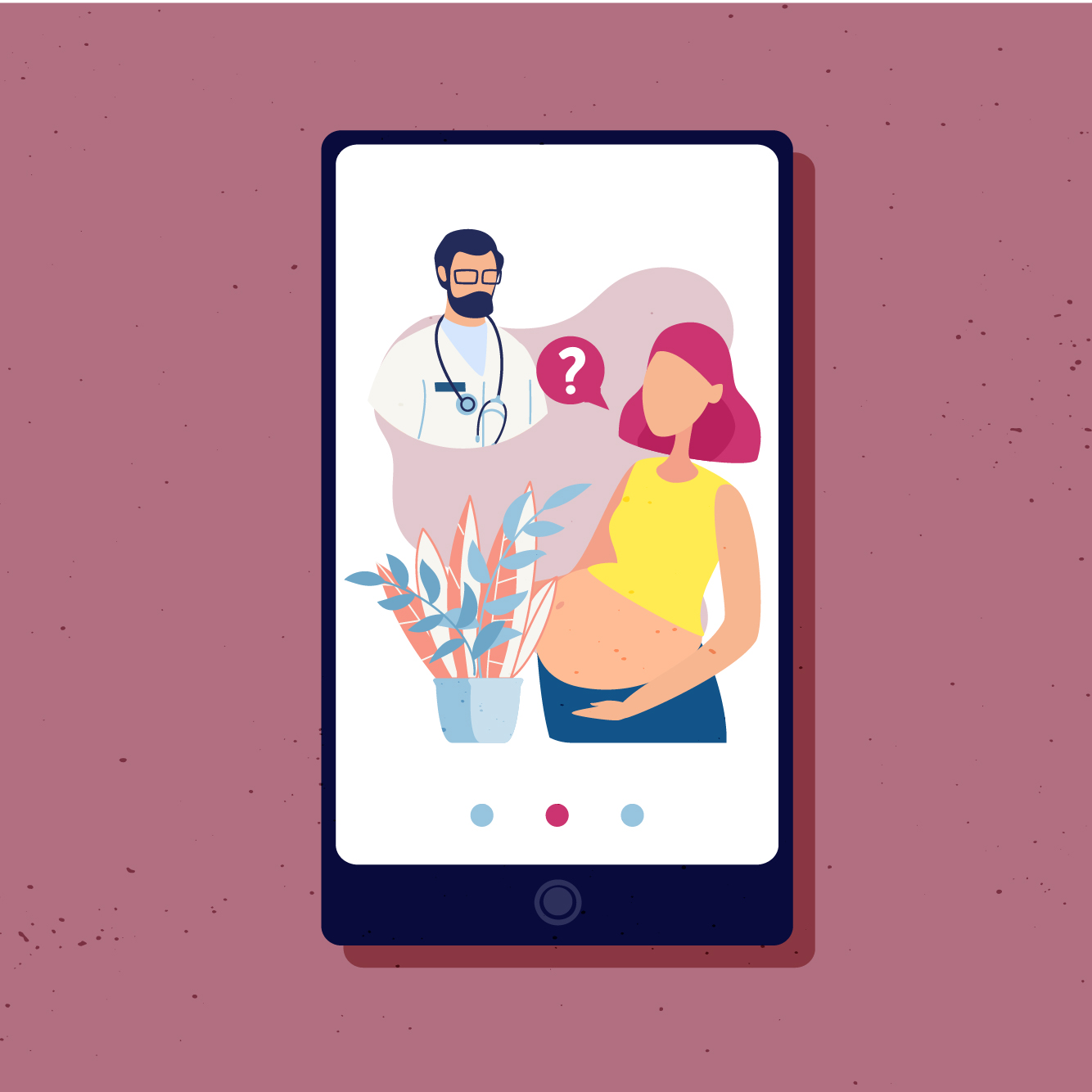The following is an excerpt from an article in the winter 2020 issue of Hopkins Medicine magazine by Sarah Achenbach.
Jeff Siewerdsen talks animatedly about the “surgineer” as a new kind of engineer — one who will become an increasingly essential member of the clinical workforce. “The surgineer will be equipped to apply perspectives of systems engineering and data science to improving workflow and patient safety in the OR,” says Siewerdsen, vice chair for clinical and industry translation in the Department of Biomedical Engineering.
Siewerdsen created the Surgery for Engineers course series in 2018. During the fall semester, it takes graduate students from the Whiting School of Engineering and the Johns Hopkins University School of Medicine through 13 areas of interventional medicine. These include general and specialized surgeries, interventional radiology and radiation oncology. The surgineers scrub in to learn surgical skills, such as the basics of suturing, cautery and wound closure, and they practice taking biopsies and placing endoscopes. They also learn who’s who in the OR and how to safely attach a scalpel blade on a handle.
“This class gets at fundamentals,” says Siewerdsen, who is also co-director of the Carnegie Center for Surgical Innovation at The Johns Hopkins Hospital. “For a biomedical engineer, there is no better way to spark ideas on important problems than to connect with clinicians.”
For the spring semester, eight students from the fall Surgineering course are selected for the program’s second offering. This involves shadowing Johns Hopkins surgeons, nurses and staff members inside and outside the OR. The students concentrate on workflow, the interaction among multiple departments, and the continuous capture and curation of data — all in an effort “to overcome complexity, improve quality and enable new advances in clinical care,” says Siewerdsen.
Richard Day, who devoted three decades to helping NASA tackle its systems engineering challenges before joining Johns Hopkins in 2007, leads efforts to apply systems engineering methodology and high-reliability principles to health care. He is passionate about bringing a systems engineering perspective to the OR.
“The clinicians’ focus is caring for patients,” says Day. “You get used to the workflow and operational constraints. It’s that fresh set of eyes that sees the inefficiencies and potential risks. That’s what systems engineering is all about: making sure all elements of the system are working well together, and that risks are proactively identified and mitigated.”
Day is working with Siewerdsen to develop a strong systems engineering thread throughout the Surgineering program.
“My hope is that surgineering will give students insight on both routine practice and major unsolved — often unarticulated — problems,” Siewerdsen says. “These are the brightest biomedical engineering students in the country, and they are the ones who will help transform medical practice in the decades ahead.”
Read the entire article in Hopkins Medicine magazine: Make Way for the Surgineer.



